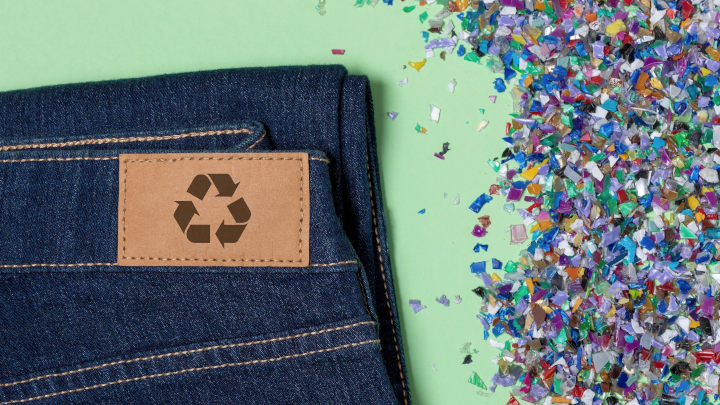Principles of Design for Recycling®
Students are provided with background on principles for Design for Recycling®.
Teacher Tips!
Many activities have a teacher view and a student view, and teachers can switch between those views by clicking the blue button in the upper-right. Students will not see this option - only teacher accounts see both views. The teacher view will start with overview text, if available, to frame the activity and get you started. This view will also have teacher tips and suggested answers to student questions spread throughout the activity. The teacher text interleaved with student-facing text will be in italics and should appear as a different color on your screen. Teacher tips are designed to help you deliver a learning experience that is best suited for your classroom.
Printing Reminder
Whichever view you see on your screen is what will print. You can print this activity without teacher tips by selecting the student view, or print with teacher tips by switching to teacher view. Simply use the standard print function available for your web browser. No extra steps are required.
Article Title:
Principles of Design for Recycling®
Description:
Students are provided with background on principles for Design for Recycling®.
Target Grade Level:
Grades 3-12
Discipline or Course (Audience):
All disciplines
Time Frame:
Introducing the Resource: 5 - 10 minutes
Using the Resource: Varying time frames throughout the challenge as students re-engage with the Principles for Design for Recycling®.
Suggested Grouping:
Individual or Small group
Key Vocabulary:
Designed for Recycling®
Educator Prep:
In this part of the challenge, students will build out their backround for Design for Recycling®. This article is based on Web Link - ReMA Design for Recycling® , which includes award-winning examples from the 30 years of the ReMA Design for Recycling® Award, where businesses have used these principles to create products designed with recyclability in mind. Students should refer back to this article to give them inspiration for real products in the world that use these principles.
Adaptations for younger students:
As you read each principle, talk through new terms with students in grades K-3 to understand the meanings in context. Encourage students to think about objects they have encountered that are similar to the objects and materials in the images.
STUDENT CONTENT BELOW THIS LINE
Products that are Designed for Recycling® follow these principles:
|
1) Are easily recyclable through current or newly designed processes and procedures. Example: Laptops can have easily removable batteries and be made free of adhesives, making them easier to disassemble. |
|
|
|
2) Are cost effective to recycle, whereby the cost to recycle does not exceed the value of their recycled materials. Example: Metal and glass are cheapest to recycle |
|
Are free of hazardous materials that impede recycling process Example: 4k televisions can be mercury-free, making recycling safer. |
|
|
|
Maximize the use of recycled materials and/or components within product manufacturing. Example: To-go containers can be made out of recycled paper, and can even be made by machines made from recycled metals. |
|
Have a net gain on the recyclability of a product, while reducing its overall negative impact on the environment. Example: Recycling paper reduces the need to cut down more trees. |
|













